- We bought a Chevy Blazer EV last year for around $60,000.
- We liked the Blazer EV right out of the gate but felt a few aspects could be improved with a few updates.
- Then the many, many problems started, some of which we're still living with.
2024 Chevy Blazer EV: We Tried to Like It, but Electronic Gremlins Had Other Plans
We won't look back fondly on our year with the Blazer EV
The decision to buy a Chevrolet Blazer EV was an easy one. It was a direct competitor for the Ford Mustang Mach-E (a staff favorite that we also bought ourselves), it checked all the boxes for a family-friendly EV, and it was the first relatively affordable vehicle built on GM's new Ultium battery platform. It was also the first EV to fall to GM's controversial 2023 mandate that all future electric vehicles would not support Apple CarPlay and Android Auto.
What would GM offer as an alternative to these popular smartphone-mirroring apps? Could Chevy mount a serious challenge to Ford? And could GM turn in a quality Ultium product at a lower price point? These questions could only be answered by purchasing one for our long-term test fleet and living with it for a year.
Am I Ready for an EV?
- EV ownership works best if you can charge (240V) at home or at work
- If you can’t charge at home, charging at a charging station could take at least 10x longer than at a gas station
- Adding a 240V home charging system could cost up to $1,600 or more
What we liked
As we learned over the course of our yearlong test, the Blazer EV gets a lot of the fundamentals right. Our director of vehicle testing, Jonathan Elfalan, said, "There are a couple things related to convenience that Chevy has gotten right but others still struggle with (I'm looking at you, Kia and Hyundai!). One is the get-in-and-go feature that doesn't require tapping a start button. Just push the brake pedal, shift into drive and you're off. You all can thank Tesla for that one. I also like that the Blazer doesn't require you to be fully stopped before switching between drive and reverse. I can't tell you the number of times I selected neutral in a Hyundai/Kia/Genesis vehicle because you have to be completely stopped to select drive or reverse. This can be infuriating if you are trying to make a three-point turn in haste. And it's always a fun time when you get neutral during the speed shuffle. That's something I've never had to deal with in the Blazer, thankfully."
Jonathan also noted, "Chevy tunes the brake regen and acceleration profiles well. It's easy to be smooth when braking, which goes a long way if you have particularly motion-sensitive passengers (as I frequently do). Even my wife commented on how she liked the regen, which almost never happens."
Personally, I love the Blazer's ample amount of interior room. Compared to the Mustang Mach-E, the Chevy wins when it comes to transporting my toddler. My little lady is roughly 18 months old, and her rear-facing car seat presents a challenge in the Ford. The car's wheelbase is more than 4 inches shorter than the Chevy's, and it's apparent when fitting a bulky rear-facing child seat. The top of the child seat butts up against the rear of the front seat, so you have to scoot it up a bit to give the child seat a bit of clearance. And if you have a long-legged front passenger, they will feel a bit squished. Child placement is also tough. The Mach-E's tapered roofline creates a narrow passageway into a rear-facing seat. I have to take great care not to smack her head on the upper door opening while placing her inside.
The Blazer EV, on the other hand, is dead simple. There's a ton of room, so fitting a seat is a cinch, and there's no negotiation for legroom with tall front passengers. And the gradual sweep of the roofline creates a larger opening, making it easy to place her into her car seat.
What we didn't
The devil is in the details, and the Blazer EV's logbook is filled with negative comments that generally center around the Blazer's execution of tech features.
The first target is the Blazer's suite of driver aids. Steven Ewing, director of editorial content, said, "It seems the forward collision warning doesn't recalibrate based on the different regenerative braking levels. When I have regen set to high, there are times when the Blazer is very much decelerating but I'm still applying some pressure to the throttle, so the collision warning thinks I'm going to hit something when I'm not even close. I end up driving in the normal regen setting just to avoid the head-up display flashing red all of the time."
Video manager Will Kaufman chimed in, "The automatic reverse braking freaked out when I tried to back out of my driveway today. There were no obstacles anywhere near the back of my car, but the system stopped me three times just trying to back out! My driveway isn't even that steep. I've pulled a Corvette into it without using the nose lift."
And what's up with the Blazer EV not having Super Cruise? (It wasn't available at the time of purchase, despite being available on many GM models since 2017.) Script writer Duncan Brady opined, "It's embarrassing that a loaded $60,000 example of Chevrolet's technological flagship doesn't have standard Super Cruise. That's a great hands-free driving system and the Blazer EV would a markedly better car had it been equipped. As it sits, the adaptive cruise setup is fine but we don't even have lane centering, just barely competent lane keeping assistance."
The Blazer EV's suffocating pedestrian warning noise attracted even more derision. "All electric vehicles are required to make a noise at low speeds (up to 25 mph) to warn pedestrians of their presence. The government mandates this, and for the most part, it's not something we ever think about. However, in the Blazer EV, it is something you think about because the noise is so prominent. In Chevy vehicles, the noise also continues to play when the car is stopped — something that not every manufacturer does — and in these moments especially it is quite annoying. And because it's a government-regulated necessity, there is no way to turn it off. Why Chevy decided to make the noise so loud is something I would really love to know the answer to," said senior editor Clint Simone. Jonathan adds, "The Blazer's low-speed warning sound should be just that ... a sound that is played while moving at low speeds ONLY! Why the heck does it have to constantly emit an annoying loud cosmic tune when I'm sitting at a traffic light? I get that it needs to have sound when moving, but if you aren't sneaking up on pedestrians, they don't need to know that you're just hanging out at a stop. Hopefully there is an OTA that will address this, and while they're at it, the volume could be lower."
And for the record, Chevy's infotainment system cannot replicate, and does little to improve upon, Apple CarPlay and Android Auto. Duncan says, "The native Google Maps system is definitively better than the Google Maps you can use through Apple CarPlay (pinch to zoom, bigger display, voice assistant) but I still wish I had the choice. Case in point: On my phone, I had brought up trailhead coordinates from a hiking app. If I had Apple CarPlay, it would have been as easy as pressing start, but instead I had to look for a point of interest near the trailhead and plug that into the Chevy's map system. I also had no way to navigate my music or podcasts through the Chevy system, a problem that would be made easier with the native Spotify app but I'm an Apple Music/Apple Podcasts user."
What went wrong
Oh boy. Well, our Blazer had so many issues that Chevrolet banned dealers from selling the car. Let's back up.
We purchased the Blazer EV in October 2023. In mid-December, my colleague Nick Yekikian was driving the Blazer EV to San Diego (to attend the official press launch of the Blazer EV, funnily enough) when tragedy struck in the form of issues ranging from an infinitely restarting touchscreen to a reduced acceleration mode. Nick was eventually able to get the Blazer in driving condition — following the time-honored IT tradition of turning it off and on again — and bring it back home after the launch event concluded. We took it to our local Chevrolet dealer for a diagnosis, and they came back with a list of 23 faults. We left the car with the dealer, GM engineers came to attempt to repair the vehicle, and we published the story on December 20. Coincidentally, InsideEVs had published a story about their problems with a Blazer EV loaner a day earlier, in which the vehicle left the author stranded in West Virginia. On December 22, Chevrolet issued a stop-sale order, which meant that dealers could not sell any Blazer EVs that they had on the lot or any that were in transit to the dealer.
I took our Blazer EV to a different dealer in February for an update that solved many, but not all, technical gremlins, but the stop-sale remained in effect. The edict was lifted on March 8, which coincided with a major update to the vehicle's firmware. Our team received another firmware update notice in June, and since I had the car in my possession, I returned to my local dealer, which performed the update over the next day.
Over the next few months, we documented reduced charging performance in certain conditions. After much fact-gathering and some back-and-forth with Chevrolet, their techs determined that running the air-conditioning system while charging on a hot day was the reason for the reduced charging rates. Chevy has yet to roll out a fix for this issue, though the automaker does say one is coming; hopefully the cooler temps mean that we won't see 3-kW charging again anytime soon.
Jonathan also noted, "I'm not sure if it's a bug or a feature, but for some reason, I am intermittently unable to unlock the doors of the Blazer from the rear door handle. It only happens after I've been away from the vehicle for a bit, but it requires that I use the front door to unlock the rear. Super annoying when you've got a fussy toddler you're trying to load into a car quickly. Ask me how I know." I second this motion; it's a total crapshoot whether the rear door unlock buttons work, and I have a 2-year-old who isn't exactly patient when Daddy is trying to figure out how doors work.
Our Blazer EV has been one of the more "eventful" vehicles in our long-term test program as of late. We didn't have to call a tow truck three times, it didn't shut itself off on multiple occasions, and the company that produced it didn't go out of business and leave us with an unfinished car. But we experienced — and are still experiencing — an unusually high number of glitches, errors and failures. As much as we like the Blazer EV for what it is, the unpleasant ownership experience means that we cannot in good conscience recommend this car.
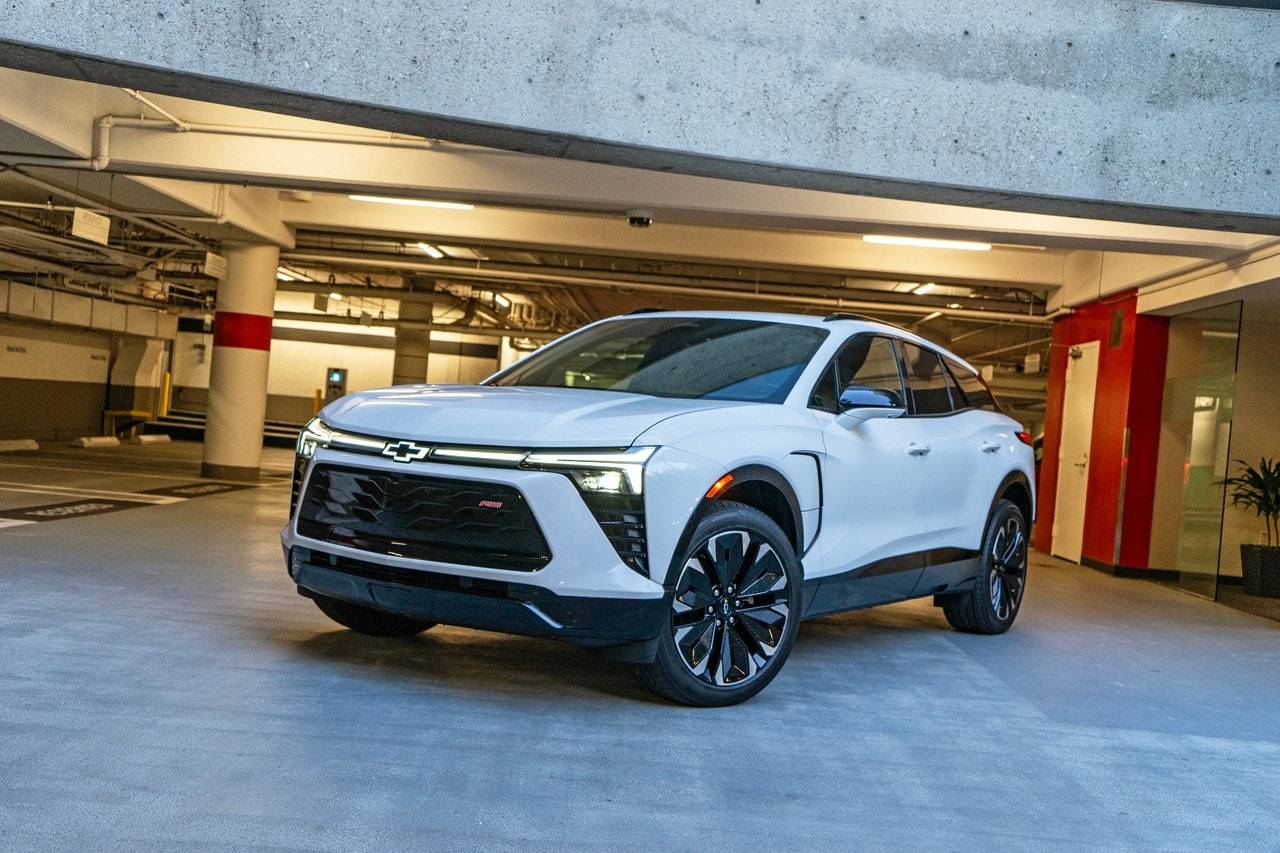
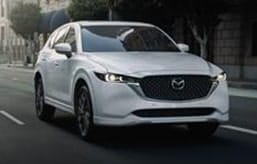
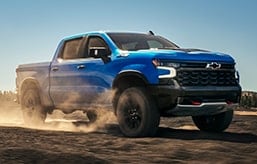
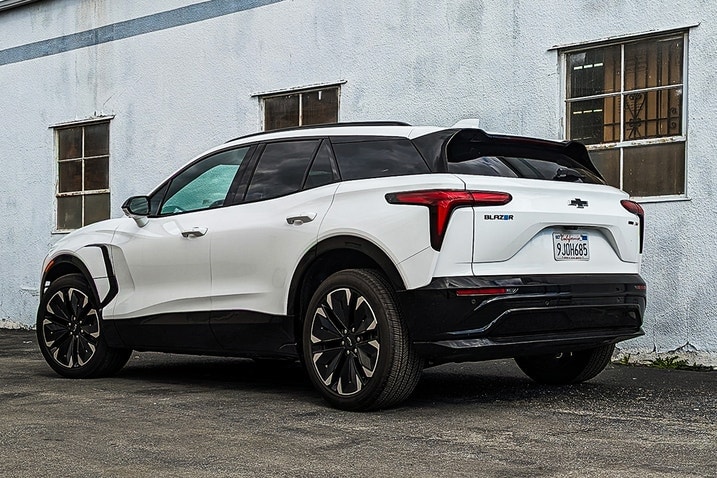
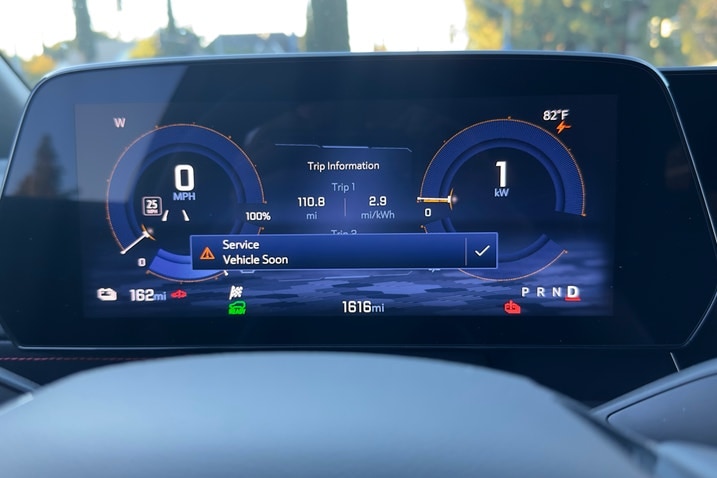

 by
by  edited by
edited by